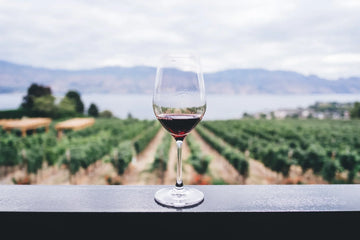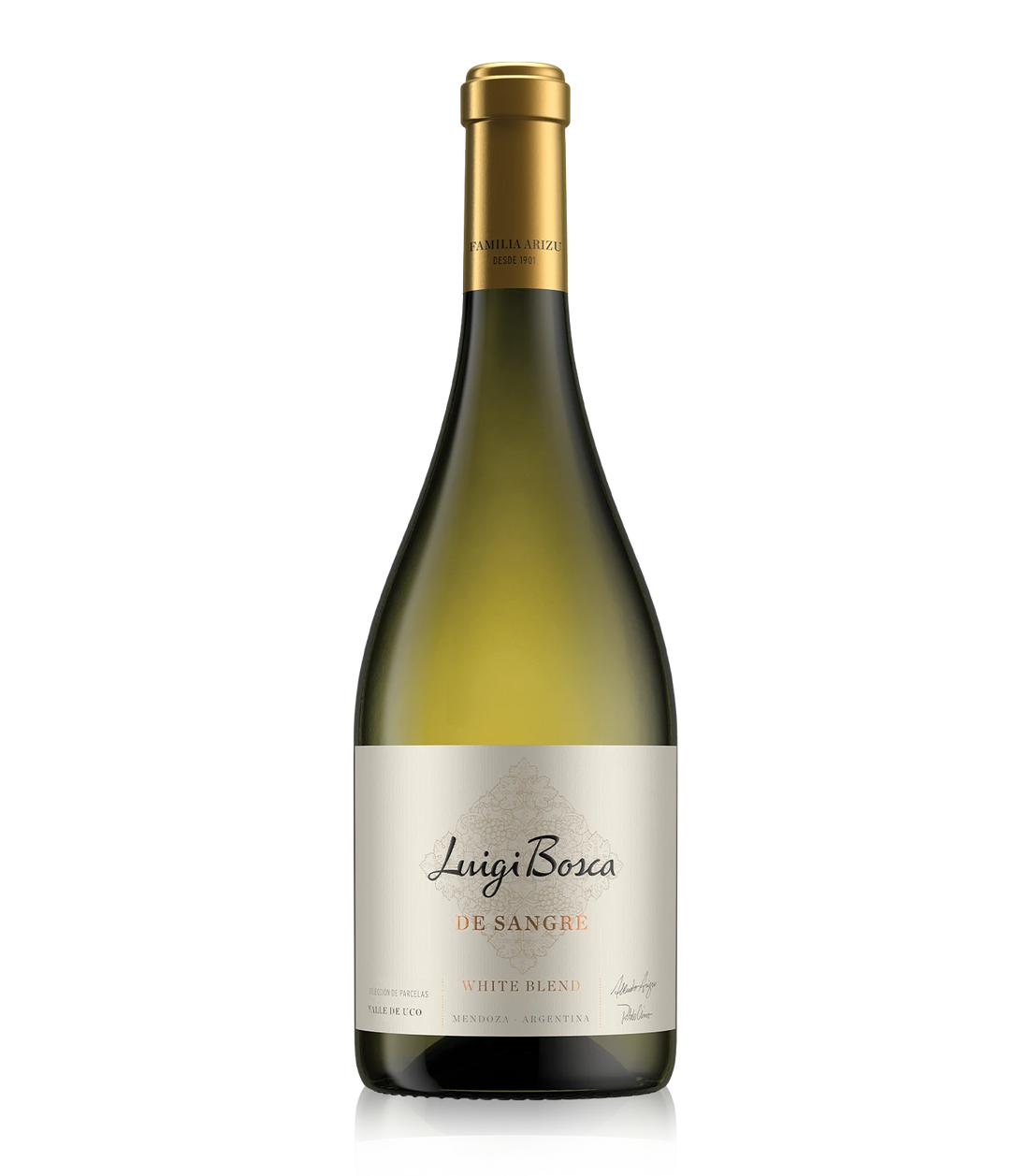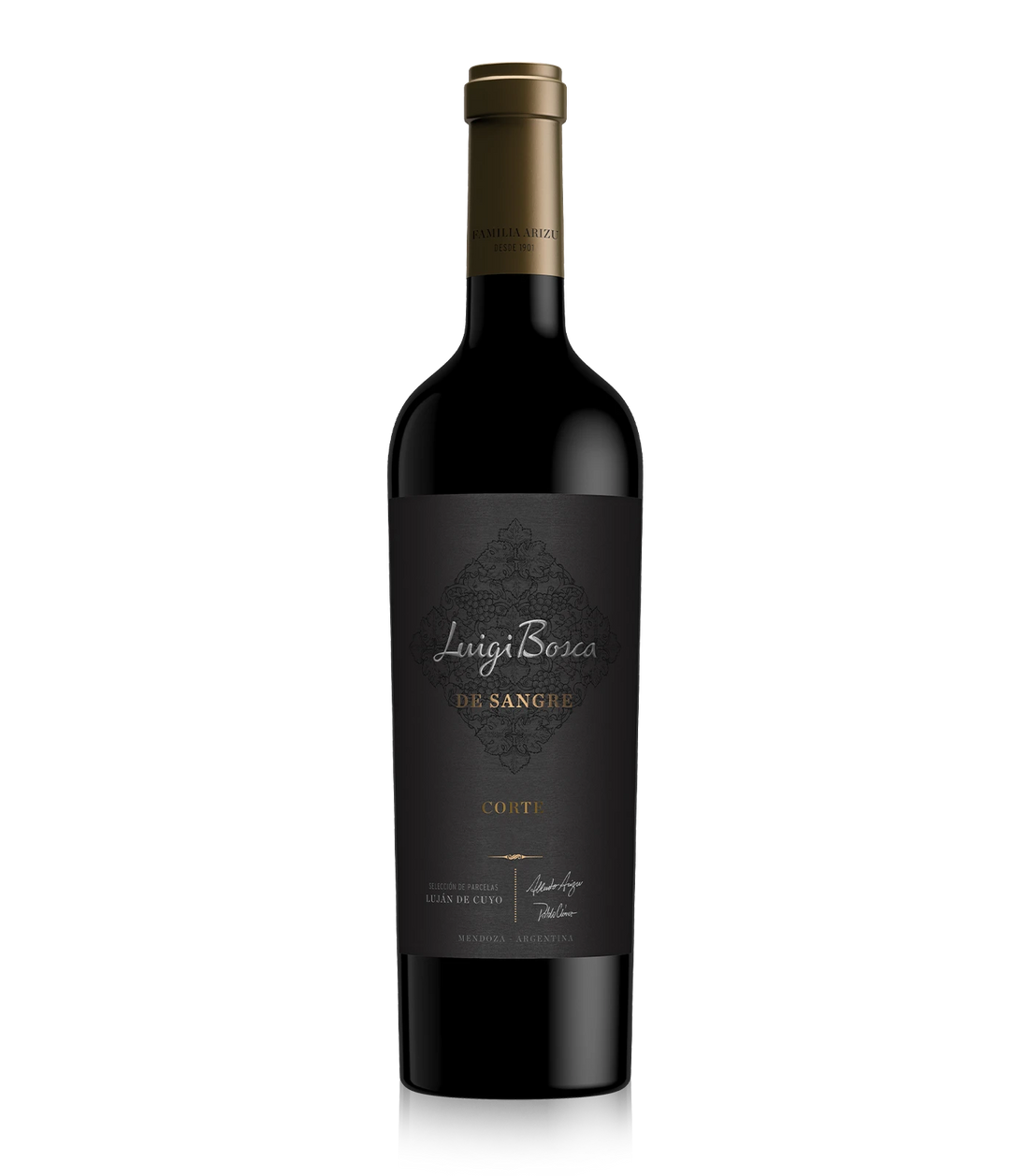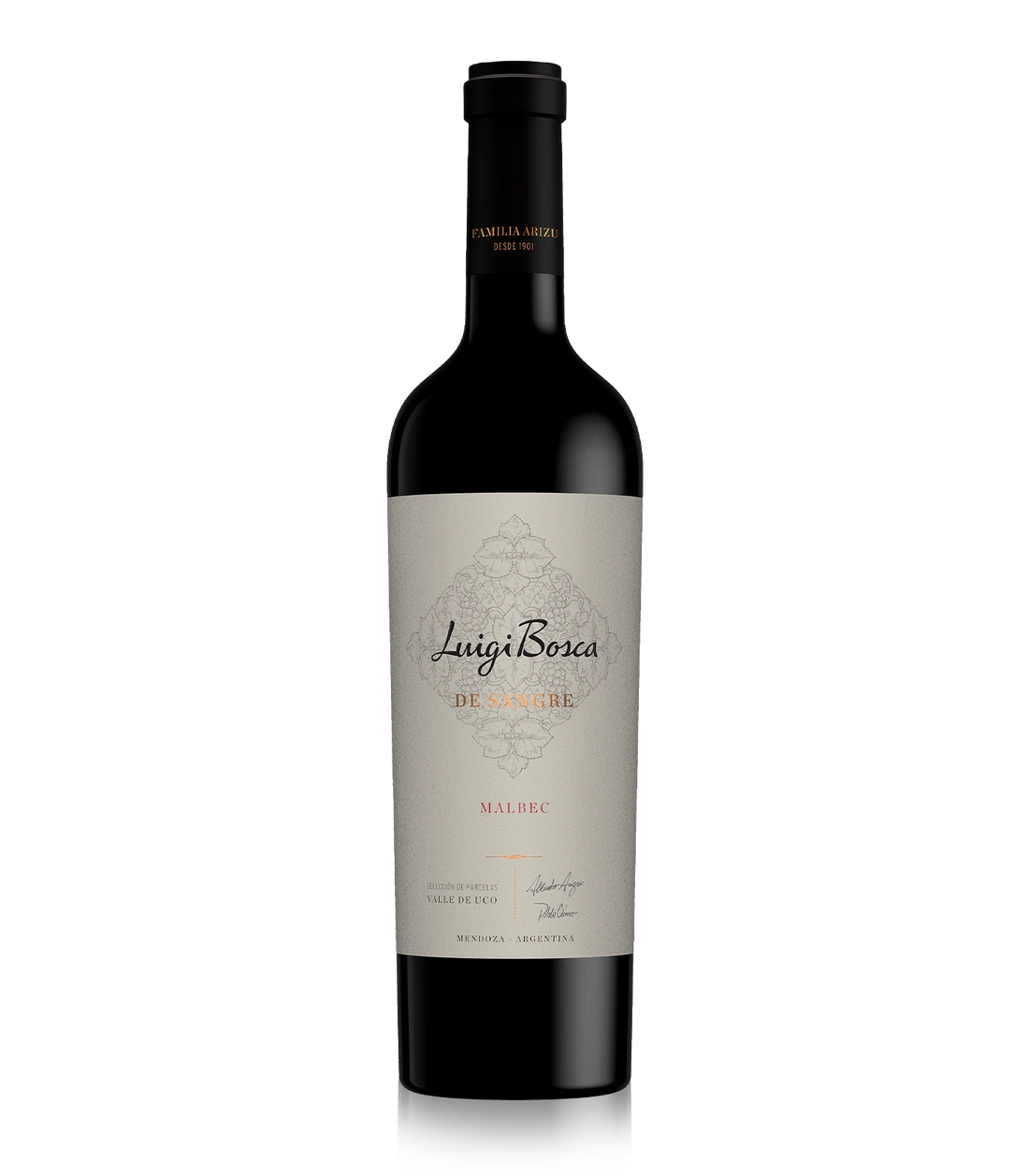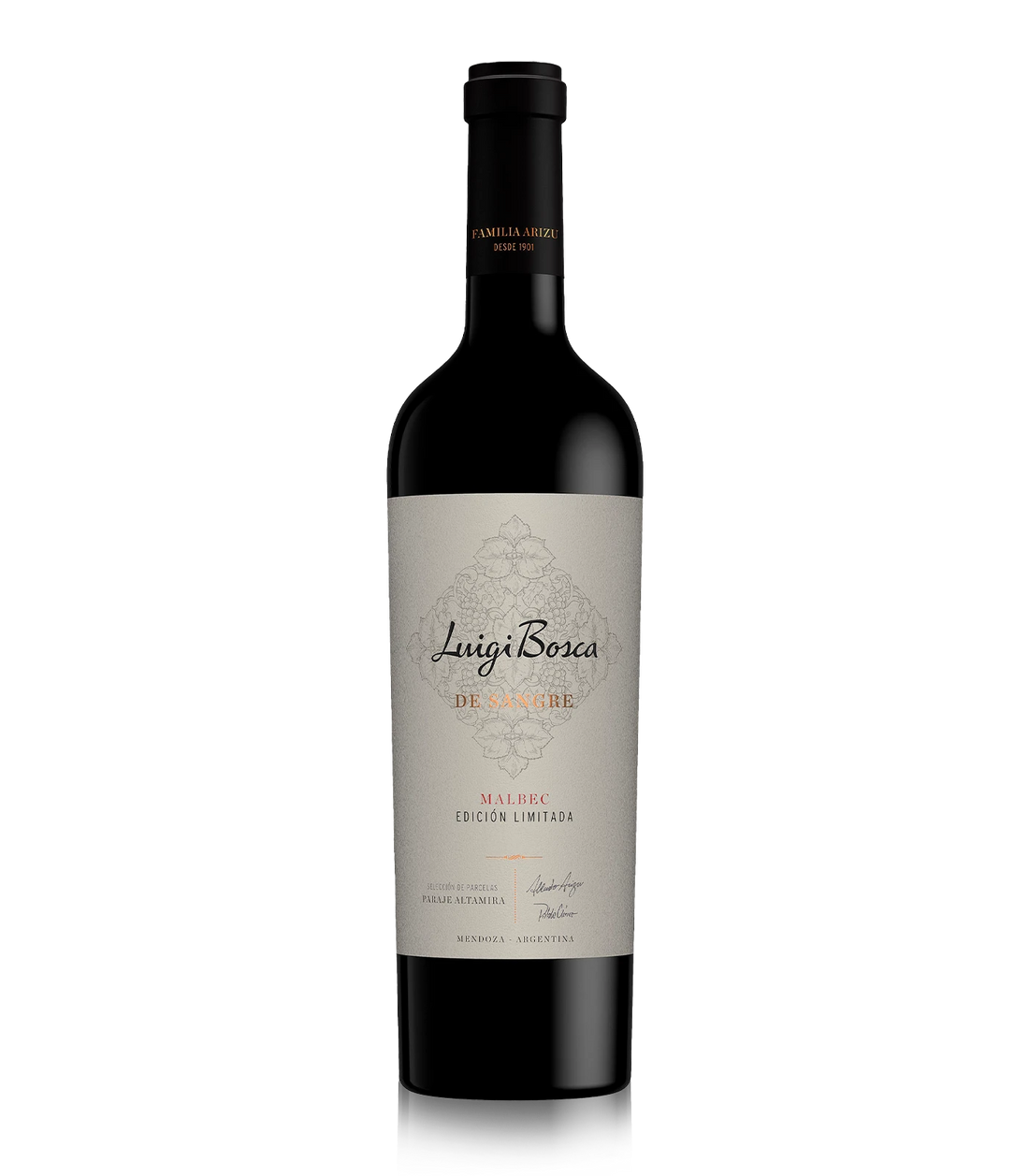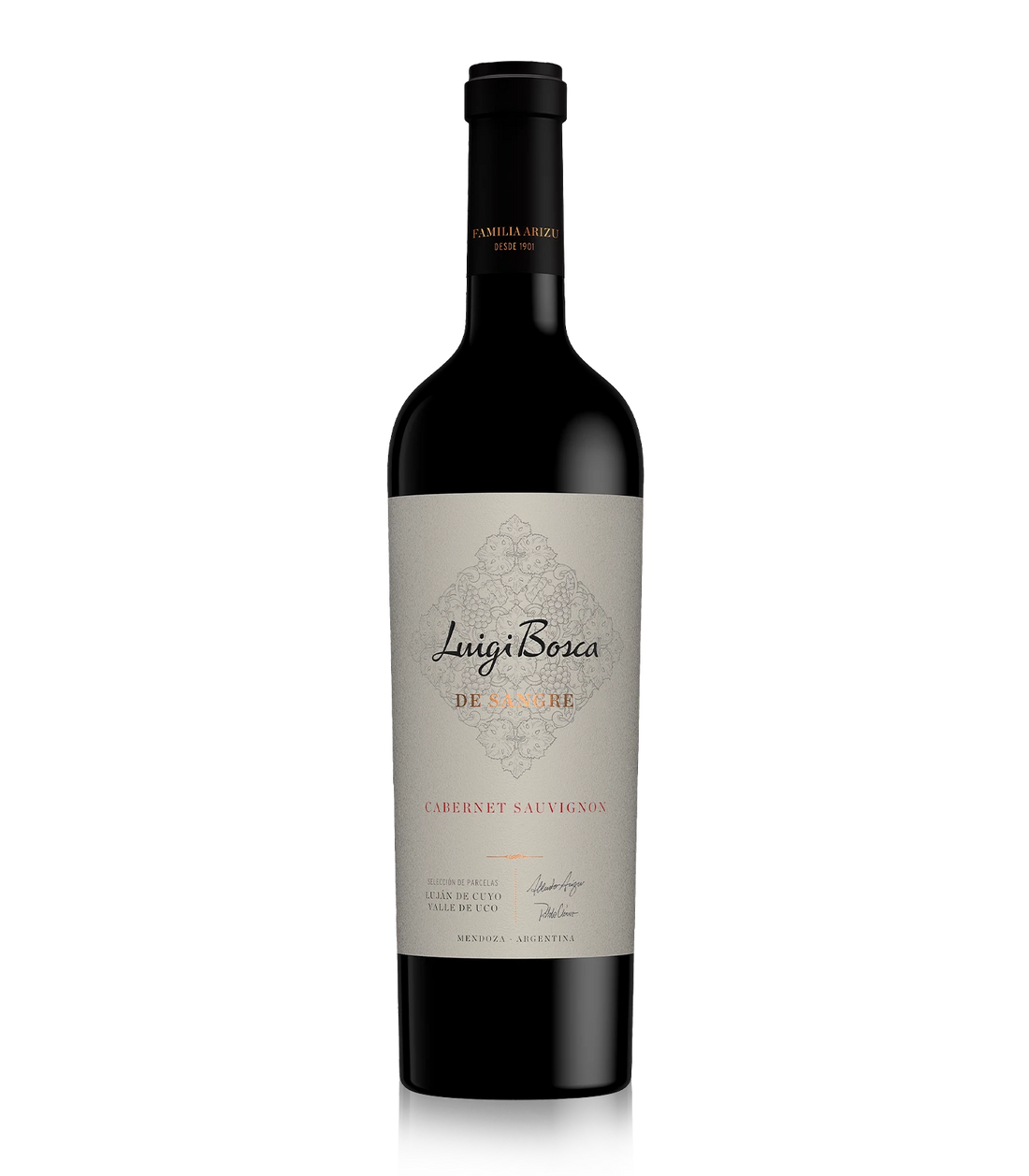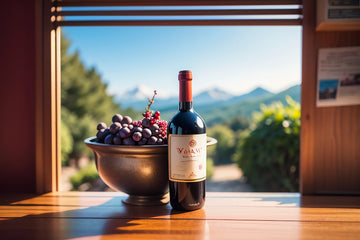Wine is an alcoholic beverage made from the fermentation of grape juice. During this process, yeast converts the natural sugars in grapes into alcohol and carbon dioxide. Each wine reflects its grape variety, terroir, and the choices of the winemaker, uniting nature and craftsmanship in a drink that has been part of human culture for thousands of years.
The earliest evidence of winemaking dates back more than 8,000 years to the Caucasus and the Middle East. From these ancient origins, the practice of fermenting grapes into wine spread across the Mediterranean and later throughout the world, adapting to different climates, soils, and traditions. Today, wine reflects the diversity of its landscapes and cultures, offering an extraordinary range of styles, aromas, and flavors.
What Is Wine Made From?
All wine begins with grapes, primarily from the species Vitis vinifera. These grapes differ from the table varieties found in markets: they are smaller, with thicker skins and higher levels of sugar, acidity, and aromatic compounds that give wine its structure and depth.
While other fruits, such as apples, cherries, or plums, can also be fermented, those beverages are known as fruit wines or country wines. In the world of viticulture, the word “wine” almost always refers to drinks made from wine grapes.
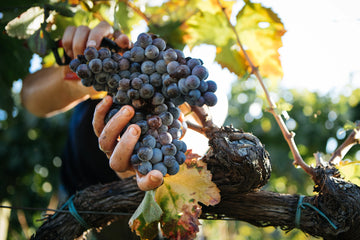
What Is the Difference Between Wine Grapes and Table Grapes?
Although they look similar, the grapes grown for winemaking are quite different from those eaten fresh. The main distinctions include size, composition, and purpose.
- Wine grapes: small, thick-skinned berries with concentrated juice, rich in sugar, acids, and phenolic compounds such as tannins and pigments.
- Table grapes: larger, juicier berries with thinner skins, lower sugar, and less acidity, cultivated for eating rather than fermentation.
Most wine grapes come from Vitis vinifera, while table grapes often belong to Vitis labrusca or hybrid varieties bred for resistance and sweetness.
Single-Varietal and Blended Wines
A single-varietal wine is made primarily from one grape variety, such as Pinot Noir or Chardonnay, allowing the expression of a single grape and terroir. A blended wine combines several varieties to create balance, complexity, or consistency. Classic examples include Bordeaux blends (Cabernet Sauvignon, Merlot, Cabernet Franc) and Rhône blends (Grenache, Syrah, Mourvèdre).
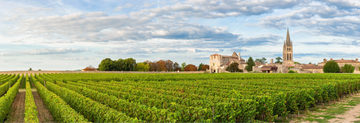
What Are the Main Components of Wine and the Role of Yeast?
Each bottle of wine is a complex blend of natural elements that interact to create flavor, aroma, and texture. These elements result from the fermentation process, during which yeast converts the sugars in grape juice into alcohol and carbon dioxide while releasing a variety of aromatic compounds. The main components include:
- Water: Makes up about 80–85% of wine and serves as the medium for all other compounds.
- Alcohol: Produced during fermentation, it adds warmth, body, and weight to the mouthfeel.
- Acids: Such as tartaric, malic, and citric acid, they provide freshness and balance, preventing the wine from tasting flat.
- Sugars: Natural grape sugars contribute sweetness or are fully fermented to create dry wines.
- Tannins: Polyphenols from grape skins, seeds, and oak barrels that give structure and a slightly dry sensation.
- Aromatic compounds: Volatile molecules responsible for the wine’s distinctive bouquet and flavor profile.
Yeast plays a central role in shaping these components. In traditional fermentation, native yeasts naturally present on grape skins begin the process. Many modern winemakers, however, use selected yeast strains to ensure consistency and highlight desired aromas. Different yeasts can influence texture, alcohol level, and aromatic complexity, producing notes that range from fresh fruit and flowers to spice, nuts, or bread-like nuances.
Small amounts of minerals, esters, and organic acids also contribute to each wine’s individuality and depth of character.
How Is Wine Made?
While every winemaker has a unique approach, the winemaking process generally follows these key stages:
- Harvest: Grapes are picked when sugar, acidity, and phenolic ripeness are in harmony. The timing of the harvest strongly influences the wine’s style and balance.
- Crushing and Pressing: Grapes are gently crushed to release their juice. White wines are pressed immediately, while red wines ferment with the skins to extract color and tannins.
- Fermentation: Yeast converts the sugars in grape juice into alcohol and carbon dioxide. Fermentation temperature, vessel type, and duration shape the wine’s texture, aroma, and character.
- Maturation: After fermentation, the wine rests to clarify and develop complexity. It may mature in stainless steel, concrete, or oak barrels, depending on the desired style.
- Blending: Many wines combine different grape varieties or vineyard parcels to achieve balance, harmony, and consistency.
- Fining and Filtration: Natural sediments and particles are removed to ensure clarity and stability before bottling.
- Bottling: The finished wine is sealed and prepared for release, or aged further to reach its full potential.
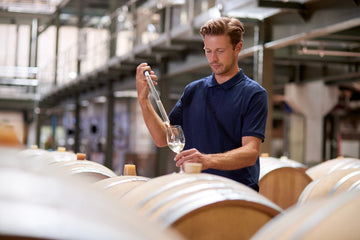
Winemaking Techniques and Their Influence on Style
Beyond grape variety and terroir, winemaking techniques play a decisive role in shaping a wine’s style and personality. Each step offers creative choices that influence flavor, texture, and aging potential.
- Fermentation vessels: Stainless steel preserves freshness and purity, while oak barrels or clay amphorae add texture and subtle complexity.
- Temperature control: Cooler fermentations enhance fruit and floral notes; warmer ones develop deeper color and structure.
- Maceration: The time grape skins remain in contact with the juice affects color, tannin, and mouthfeel. Longer maceration typically creates fuller-bodied wines.
- Oak aging: Barrels contribute flavors of vanilla, spice, and toast while softening tannins through gentle oxygen exchange.
- Lees contact: Allowing the wine to rest on its spent yeast adds richness and creamy texture, common in Chardonnay and sparkling wines.
- Blending: Combining different grape varieties or vineyard parcels builds balance, complexity, and consistency from vintage to vintage.
These techniques reflect the philosophy of the winemaker and the identity of the region, linking science and tradition to create wines that express both place and craftsmanship.
What Is the Difference Between Still and Sparkling Wine?
The main difference between still and sparkling wine lies in the presence of carbon dioxide. During fermentation, yeast converts the natural sugars in grape juice into alcohol and carbon dioxide. In still winemaking, this gas is allowed to escape through open or vented tanks, so it does not remain dissolved in the wine. The result is a smooth, non-sparkling wine.
Sparkling wines such as Champagne, Prosecco, or Cava are produced differently. After the first fermentation, they undergo a second fermentation in a sealed bottle or pressurized tank. Because the carbon dioxide cannot escape, it dissolves into the wine and forms bubbles. When the bottle is opened, that trapped gas is released, creating the familiar sparkle and effervescence.
Some light and youthful wines, such as Vinho Verde or certain pétillant naturel styles, retain a small amount of natural carbon dioxide for a gentle, refreshing spritz. These wines highlight the playful, natural side of fermentation while remaining balanced and easy to enjoy.
What Is the Difference Between Red, White, Rosé, and Orange Wine?
The color and style of a wine depend on how the grapes are handled during production, particularly how long the juice stays in contact with the skins. Grape skins contain pigments, tannins, and flavor compounds that determine the wine’s color, texture, and aromatic complexity.
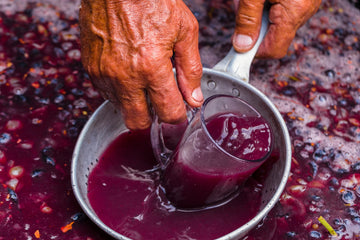
Red Wine
Red wines are made from dark-skinned grape varieties such as Cabernet Sauvignon, Merlot, or Pinot Noir. The juice ferments together with the skins, allowing color, tannin, and flavor to be extracted. The longer the skin contact, the deeper the color and structure. Red wines often display notes of dark fruit, spice, and earth, and many are suitable for aging.
White Wine
White wines are typically produced from light-skinned grapes such as Chardonnay, Sauvignon Blanc, or Riesling. The grape skins are removed before fermentation, resulting in a pale color and a crisp, refreshing taste. White wines emphasize purity of fruit and acidity, with aromas that may recall citrus, green apple, flowers, or minerals.
Rosé Wine
Rosé wines are made from red grape varieties but with only brief skin contact, usually a few hours, to extract a delicate pink hue and subtle fruit flavors. Most rosé wines are dry, fresh, and vibrant, perfect for warm weather or light dishes. Some producers also create rosé by blending small amounts of red and white wine, although this method is less common and regulated in many regions.
Orange Wine
Orange wines are made from white grapes that ferment with their skins, much like red wines. This ancient technique, revived by many modern producers, gives the wine an amber or orange color and a complex texture with mild tannins. Orange wines often show aromas of dried fruit, tea, nuts, and spice, offering a bridge between white and red styles. They pair beautifully with flavorful foods such as aged cheese, curry, or roasted vegetables.
How Does Wine Age?
Aging is one of the most fascinating aspects of wine. As time passes, chemical reactions slowly change the flavor, aroma, and texture of the liquid. Young wines often display fresh fruit notes and firm tannins, while mature wines develop tertiary aromas such as dried fruit, leather, tobacco, or earth.
Barrel aging allows limited oxygen exposure and interaction with oak. This process adds flavors of vanilla, spice, or toast and softens tannins through slow oxidation. The type of oak, barrel size, and aging time all influence the result.
Bottle aging happens in a closed, low-oxygen environment. Aromas integrate and evolve, acidity softens, and the color changes: reds become lighter and brick-toned, while whites deepen to gold or amber. Not all wines improve with time, but those with balanced structure, acidity, and tannin can age gracefully for years or decades.
How Does Wine Taste?
The taste of wine depends on a delicate balance between its main sensory components, each contributing to the wine’s overall impression:
- Acidity: Contributes brightness and mouthwatering freshness.
- Sweetness: Ranges from dry to luscious, adding roundness and softness.
- Tannins: Provide texture, grip, and aging potential.
- Alcohol: Adds warmth and fullness to the palate.
- Body: Describes the wine’s weight and texture in the mouth, influenced by alcohol and extract.
- Aromas and Flavors: Shaped by grape variety, fermentation, and aging, they can range from fruit and flowers to spice, earth, or oak.
- Balance: The harmony between all these elements defines the wine’s overall quality.
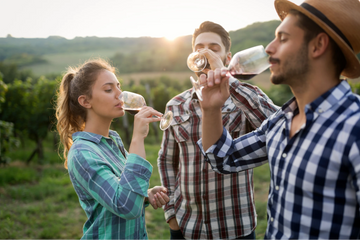
Wine begins as a simple fruit, the grape, yet becomes something far greater through patience, skill, and creativity. Winemaking transforms a natural product into a cultural creation, capturing a moment in time and a sense of place preserved in liquid form. Each bottle tells the story of soil, climate, and people, a connection between nature and culture that continues to inspire curiosity and appreciation across generations.
